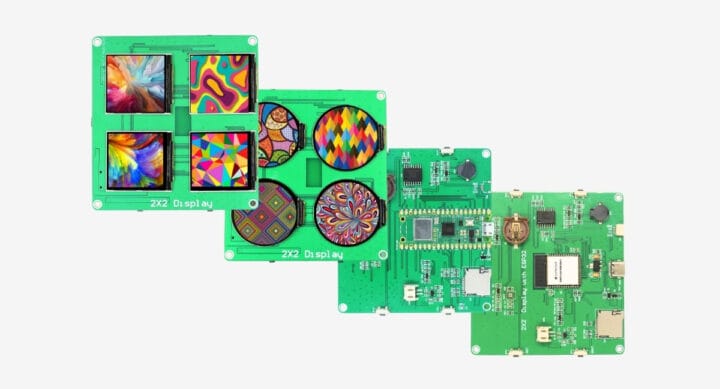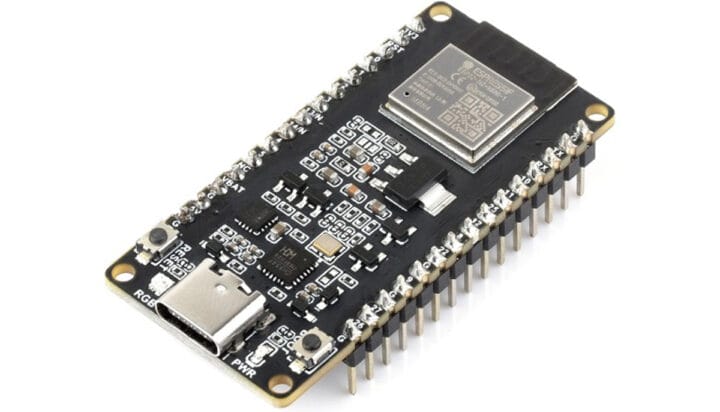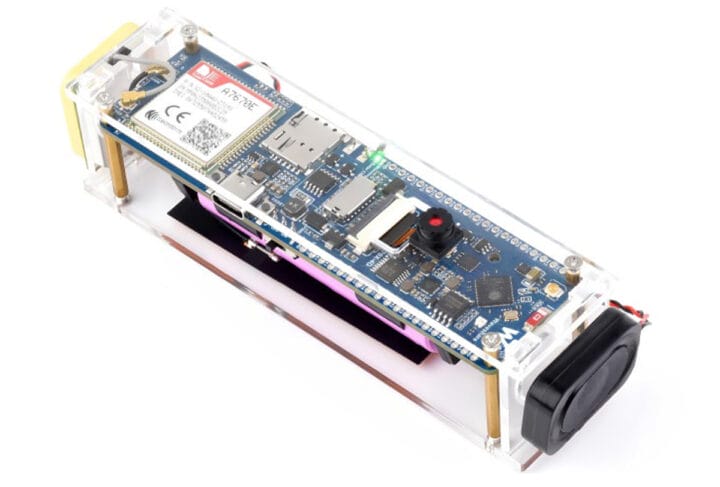11

Christoph Döberl tweaked a motor fader from a mixpanel to use it as an internet-connected light dimmer with lots of IoT magic.
To demonstrate the possibilities and make a cool project, we decided to build a light dimmer with the motor fader. The idea is to read the sensor in the fader and dim a smart light bulb accordingly. When adding multiple input interfaces each fader can be adjusted to represent the correct value by controlling the motor. The resistance sensor allows a stepless control for any brightness level, which comes in handy especially in the evening hours where a dimmed light can be particularly soothing.
An ESP32 is used to read the sensor and interface with the motor. It comes with a bunch of IO pins as well as Bluetooth and WLAN, so basically enough for this small project. The resistance sensor is read using ADC and the motor is controlled via a motor driver.
Check out the entire build on the bits blog.











